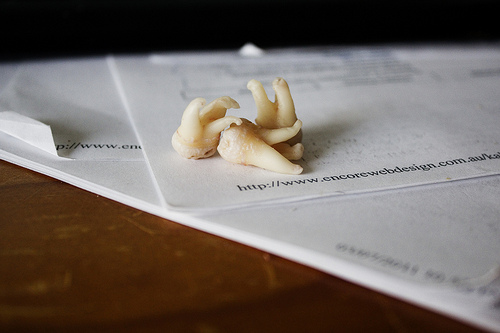
Wisdom Teeth
Wisdom teeth are referred to as such because they appear later than all the other teeth, between 15-25, at an age when we don't expect new teeth to grow anymore. And that age is supposedly the age when we should be wiser (transitioning from adolescence to adulthood). Even if that is true, that might just be the only characteristic of wisdom teeth. Indeed, they are not shown to serve any function in mastication, at least anything that the other teeth cannot handle by themselves. Additionally, in about 95% of the population, the wisdom teeth are unhealthy, and very likely to be removed!
- Important notification about information and brand names used in this slideshow!
- Photo courtesy of Corrie Barklimore by Flickr : www.flickr.com/photos/corrieb/5993348296/
- www.bloggingwv.com/20-useless-body-parts-why-do-did-we-need-them/
- http://www.funtasticus.com/2008/08/11/20-parts-of-your-body-you-dont-need/
- http://www.care2.com/greenliving/unnecessary-body-parts.html
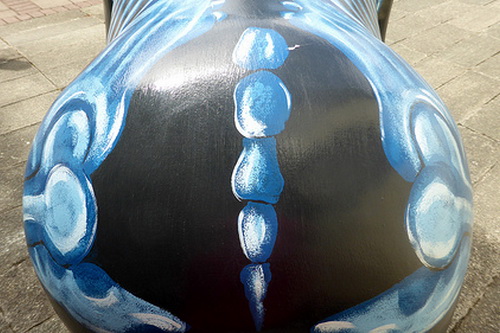
Tail(Bone)
The tailbone is referred to as such because according to Science, humans (just like other mammals) were born with a tail, which is useful for balance (even in other mammals). However, since humans developed a pair of feet and learned how to walk, the feet became the new tools for balance, so there was no other need for a tail. And as the generations passed by, the tail regressed on its own and was progressively converted into a fused vertebra, forming what is currently known today as the "coccyx". Apart from serving as an attachment for some tendons and ligaments, the tailbone seems to have no other function.
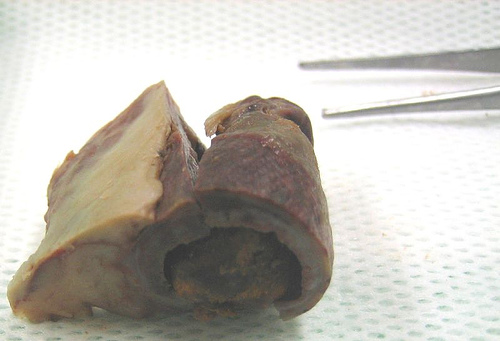
Appendix
The appendix is a small, longitudinal tube located at the junction of the small intestine and tightly attached to the large intestinal. The appendix is a site for development of intestinal flora. Because the appendix is shaped as a pouch, sometimes fecal matter tends to be stuck in there, leading to what is commonly known as "appendicitis". The appendix gets inflamed, and it should urgently be removed because perforation of the inflamed appendix could lead to a diffuse and life-threatening abdominal infection, known as "peritonitis". People who get their appendix removed don't seem to miss it, so it might not be all that important then, afterwards.
- Important notification about information and brand names used in this slideshow!
- Photo courtesy of Jimee, Jackie, Tom & Asha by Flickr : www.flickr.com/photos/wilderdom/228781838/
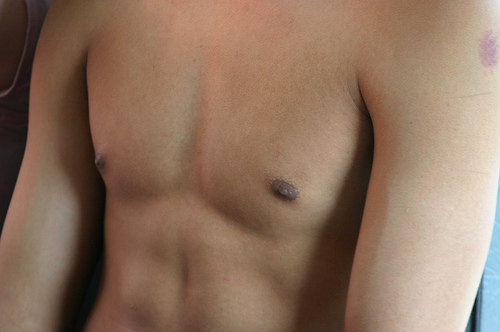
Male Nipples
This is definitely not useful. Women are the ones in charge of lactation, so in this case male nipples are a big "no no". However though, here is the interesting fact: when breast buds develop in utero, it develops the same in male and female fetuses, meaning that in both cases mammary tissue and lactiferous ducts are present. Because of the SRY gene and the Mullerian Inhibitory Factor (MIF), male breast development is arrested there. However, if put under the right stimulation (estrogen, such as in men using some specific types of diuretics, men with prostate cancer or even men on steroids), the mammary tissue can be stimulated to produce milk, depending on how strong the stimulation is.
- Important notification about information and brand names used in this slideshow!
- Photo courtesy of David Mican by Flickr : www.flickr.com/photos/davidmican/237240955/
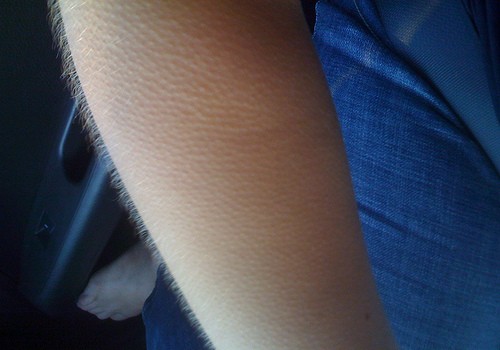
Goosebumps
One can get goosebumps secondary to temperature changes (from hot to cold), stress, as a response to fear or anxiety. The mechanism behind goosebumps is linked to the contraction of some tiny muscles located at the surface of our epidermis. These muscles are called "erector pili muscles". They respond exceptionally well to temperature changes, and when switching to a colder weather, they constrict, causing the hair strands on the skin to erect; and as they push themselves up, goosebumps appear. However, we can also respond (very well) to temperature changes on our skin, thanks to the thermoreceptors that our skin possesses.
- Important notification about information and brand names used in this slideshow!
- Photo courtesy of Fuschia Foot by Flickr : www.flickr.com/photos/fuschia_foot/2902780327/
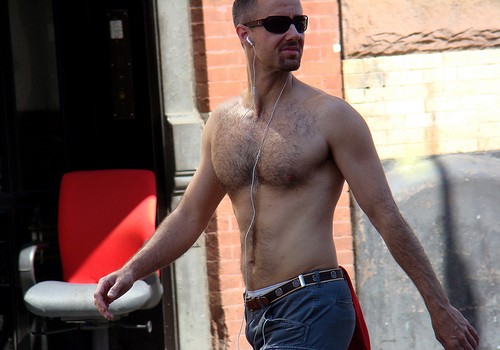
Body Hair
Who said that body hair was useless? Well, let's see... The body hair located near the mucosa (on the pubis, in the armpit, etc.) carry out a protective function. They help to tract germs, and prevent them from entering into direct contact with the epidermis of the protected area. Body hair located on the scalp essentially serves beauty purposes. Eyebrows prevent sweat from entering into the eyes, eyelashes retain germs and dust. As for the body hair located in other parts of the body (on one's chest, back, etc.) they do not seem to carry out any particularly remarkable function.
- Important notification about information and brand names used in this slideshow!
- Photo courtesy of istolethetv by Flickr : www.flickr.com/photos/istolethetv/2794348137/
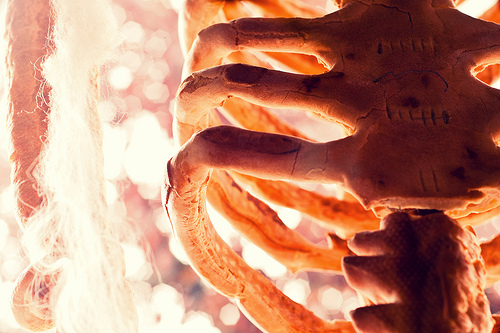
13th Rib
The rib number 13 is one of the floating ribs. It is thought that just like humans, chimpanzees (the closest primate to us) also had 13 ribs. In humans however, it has estimated that about 8% of adults do not even have that extra set of ribs. And what purpose does it serve? Almost none! It is not attached to the sternum, and it does not serve as a site of attachment for any ligament or tendon. However, even though it does not carry any major or apparently important function, it reinforces the protective cavity for the spleen, which if ruptured could instantly cause a life-threatening internal hemorrhage.
- Important notification about information and brand names used in this slideshow!
- Photo courtesy of David Goehring by Flickr : www.flickr.com/photos/carbonnyc/5130034779/
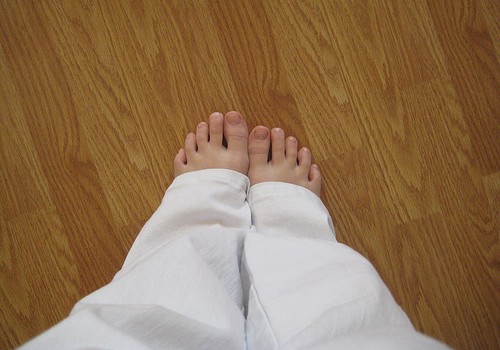
Fifth Toe
Just like a tail serves for balance in animals, our feet are our instruments to maintain our balance. We normally have 5 individual toes on our feet, but some people believe that only the first 4 toes can do the job just fine. So what is in for the small toe? Well, for now it only makes our feet look good, it is an extra site for a pedicure, and it helps us to distinguish ourselves from chimpanzees who only have 4 toes. However, unlike what people claimed, literature reviews declare that every individual toe on each food contributes to balance, and thus removing one of them could be detrimental for our motion.
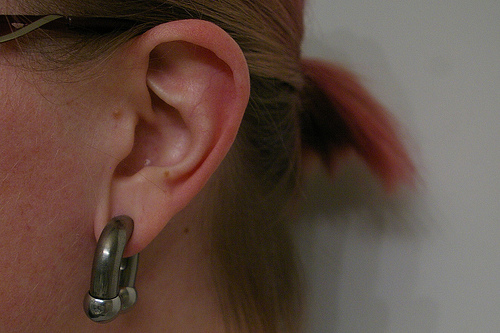
Extrinsic Ear Muscles
The auricular muscles (or extrinsic muscles of the ear) are a trio of muscles located in the auricle of the external ear. They include the anterior auricular muscle, the superior auricular muscle and the posterior auricular muscle. Of all the three muscles, the superior auricular muscle is the largest. In other mammals, the extrinsic ear muscles are thought to have a function: they help in adjusting the pinna of the ear, depending on the circumstances. In humans however, this function almost doesn't exist, and even if it does the function of those three muscles is so limited that it almost goes unnoticed.
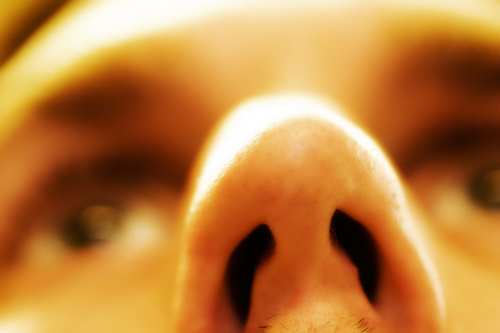
Vomeronasal Organs
Also known as the Jacobson organs, the vomeronasal organs are two small organs of the olfactory system located on each side of the nasal cavity, equidistant to the nasal septum. The Jacobson organs are thought to be the first receptors for olfactory inputs. Although they have been extensively discussed in medical literature, the results of some researches concluded that those organs are not truly present in humans, while others concluded that they are present, but not functional. Either way, medical literature hasn't found any valuable or relevant function associated with those two organs. In other mammals however, they help in detecting pheromones, clinical messengers for sexual attraction.
- Important notification about information and brand names used in this slideshow!
- Photo courtesy of David Goehring by Flickr : www.flickr.com/photos/carbonnyc/2311145896/
- en.wikipedia.org/wiki/Vomeronasal_organ


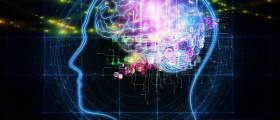
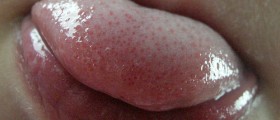
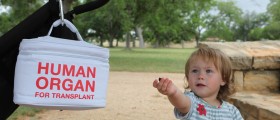





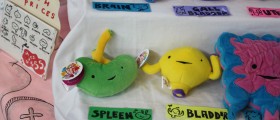





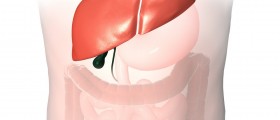
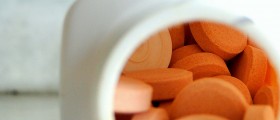
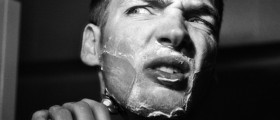






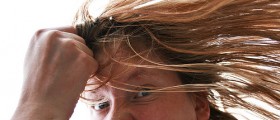
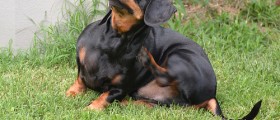
Your thoughts on this
Loading...